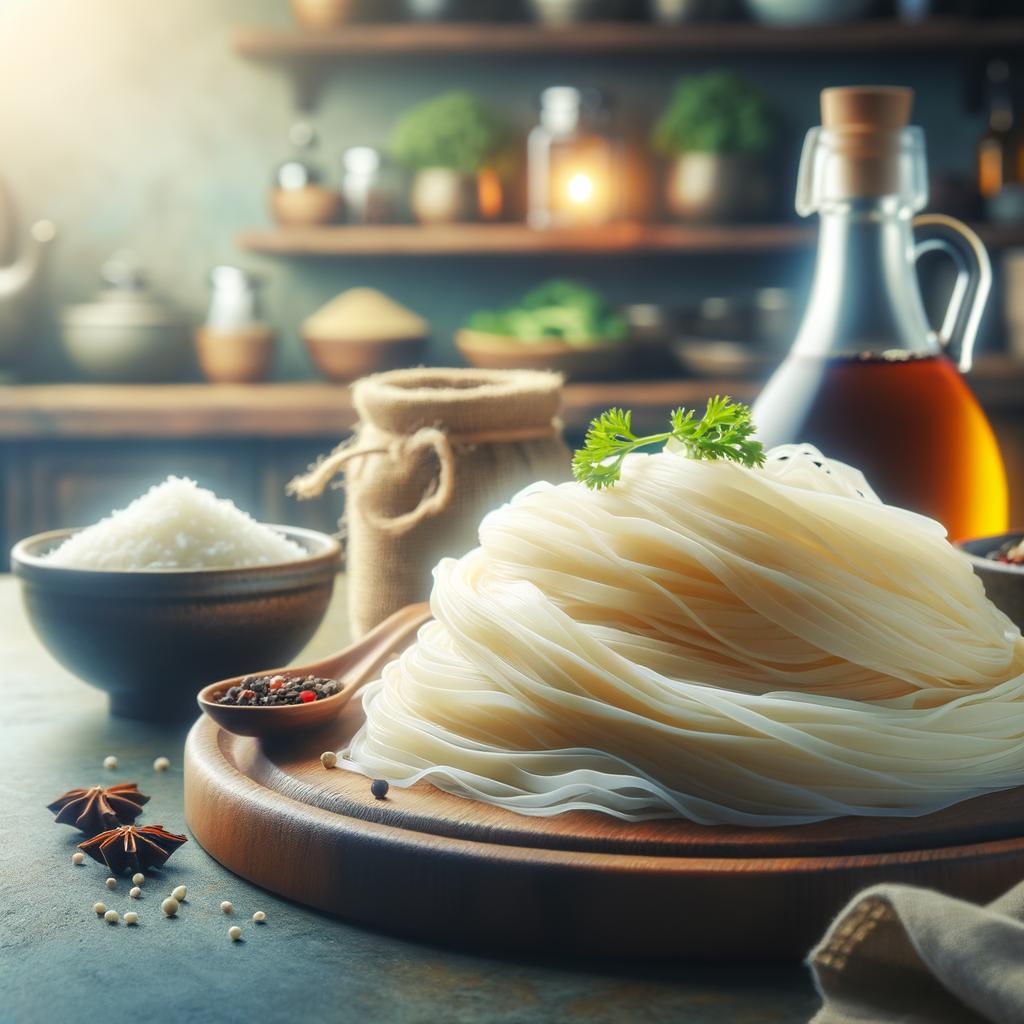Rice Noodle Sheets

Description
Rice noodle sheets, also known as Chee Cheong Fun, are a captivating ingredient that hails from the culinary landscape of Southern China. These sheets are thin and translucent, resembling a delicate veil of silk. Their texture is soft and smooth, offering a delightful contrast to crunchy or crisp ingredients they are often paired with. The flavor of rice noodle sheets is subtly sweet, but mostly neutral, making them a versatile canvas for absorbing the flavors of sauces and accompaniments. What sets these sheets apart from other noodles is their unique texture and the fact that they're made purely from rice flour and water, making them a gluten-free option.
Primary Uses
Rice noodle sheets are a versatile ingredient, finding their place in numerous culinary applications. They are often cut into strips and used in stir-fries, wrapped around a variety of fillings to create dim sum, or simply served with a drizzle of sweet soy sauce for a simple yet satisfying dish. In Vietnamese cuisine, they are used to make Banh Cuon, a popular breakfast dish. Beyond the culinary world, rice noodle sheets also play a role in certain cultural celebrations, symbolizing longevity and happiness in Chinese New Year feasts.
History
The history of rice noodle sheets is deeply intertwined with the culinary traditions of Southern China. They are believed to have originated in the Guangdong province, where they were often served as a portable breakfast for workers in the bustling markets. Over time, the popularity of these sheets spread across Asia, with each region adding its unique twist. In Hong Kong, for instance, they are a staple in dim sum, while in Malaysia and Singapore, they are served with a sweet bean paste. The humble rice noodle sheet has come a long way from its origins, evolving into a beloved ingredient worldwide.
Nutritional Information
Rice noodle sheets are a good source of energy, primarily in the form of carbohydrates. They are also low in fat and contain a small amount of protein. Being gluten-free, they are a great alternative for those with gluten intolerance or celiac disease. However, they are low in fiber and do not offer a significant amount of vitamins or minerals, unlike whole grain noodles. Despite this, when paired with nutrient-rich ingredients like vegetables, tofu, or lean meats, rice noodle sheets can be part of a balanced and nutritious meal.

